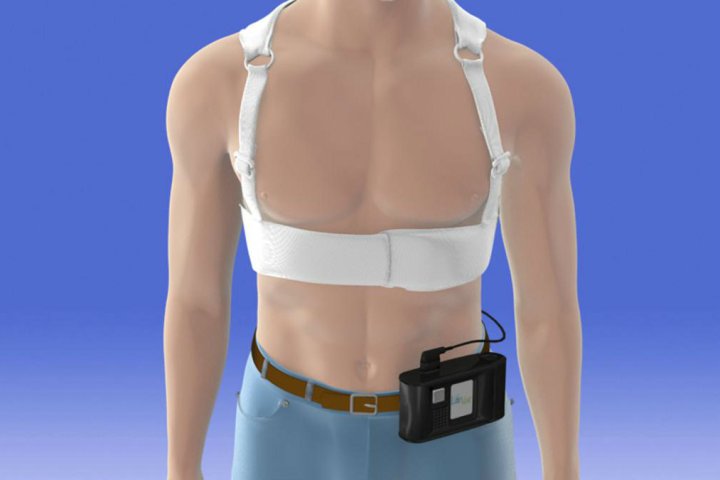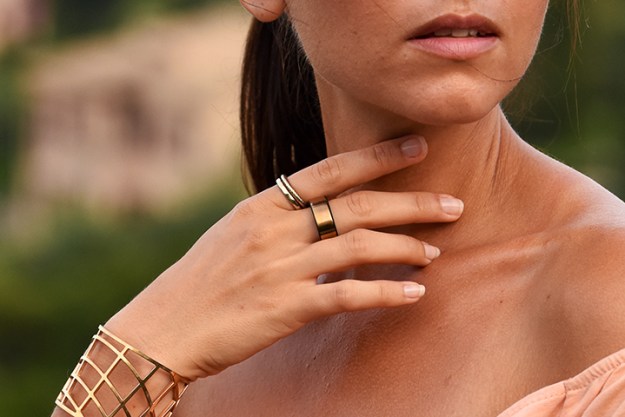
Made by Zoll Manufacturing Corp out of Pittsburgh, the vest itself weighs less than two pounds and is made up of an electrode belt that goes around the patient’s chest under clothing and a monitor worn on the waist. If the LifeVest detects an arrhythmia, it can deliver a life-saving shock to restore normal heart rhythm. The earliest version of the device was approved for patients eighteen years old and up in 2001, and later versions in 2002, 2006 and 2009. December 17 2015 marks the first clearance for children.
For pediatric cases, the wearer must weigh more than 41 pounds and have a chest circumference of at least 26 inches – that’s about the size of an average eight year old. There are other automated defibrillators available for kids (and of course for adults), but the LifeVest is the first to be worn by the child and provide continuous monitoring of the heart rhythm. According to the FDA, a company registry and published studies of clinical info on 248 children between three years old and 17 at risk for sudden cardiac arrest strongly influenced the approval.
Dr. Vasum Peiris. Chief Medical Officer of Pediatrics and Special Populations in the FDA‘s Center for Devices and Radiological Health mentioned that doctors do what they can to help patients, but approvals provide clear instruction on using devices and drugs.
“The pediatric medical community is often forced to use adult devices off-label without appropriate labeling or instructions for use in pediatric patients,” Dr. Peiris said in an FDA statement. “Doctors now have important information that may help them safely prescribe this life-saving device to young patients who may benefit from the device.”
You can read more about the LifeVest and how it works on the company’s website.
Editors' Recommendations
- This AI algorithm could save lives in quake zones
- Stretchable, self-healing, recyclable device could be the future of wearables
- A smartphone app for diagnosing autism could soon win FDA approval
- Huawei and Honor’s latest wearables push is a key part of a much bigger plan
- Apple prioritized health on the Apple Watch after it started saving lives


